How to Oil Your Hair the Right Way : The Ultimate Guide to Do's, Don'ts & Best Practices
| Authored by: Tayyaba |
| Reviewed by: Kapil Dhameja |
| Estimated Reading Time: 6 minutes |
Hair oiling has been a major part of haircare in many cultures passed down from generation to generation. In the modern rush of life, the benefit of this ancient tradition gets reduced to our quick and messy method of oiling before a shower. This is the high time to learn the forgotten art of hair oiling to achieve its maximum benefits. If you are new to hair oiling, here is your go-to guide where we will discuss essential practices of hair oiling, do's and don'ts, common mistakes to avoid and post-oiling routine.
|
Table of Contents |
Why Oiling Your Hair Matters?

Hair oiling is a traditional practice of our mothers and grandmothers who enjoyed longer, thicker and shinier hair that we dream of. This beauty practice is rooted in Ayurvedic medicine and Indian culture and now has gained attention in the haircare world. Hair oiling acts like a healing practice for our hair— that moisturizes, strengthens, gives shine and good health to hair. It matters because it hydrates the hair, provides vitamins and minerals that our hair may miss due to repeated washing and styling.
There are research studies as well that confirm the benefits of hair oiling. One research suggests that oils are hydrophobic in nature, reducing water absorption and swelling in hair fibers. This provides protection against damage from washing, styling and environmental stressors. Another key benefit of oiling is providing strength to hair. The same study highlights that coconut oil, unlike other oils, can penetrate the hair shaft providing nourishment to hair and strengthening it by reducing protein loss. Along with moisturization and protection against damage, you can get a temporary fix for your split-ends with the help of oils. Cosmetic science explains that oils coat hair and smooth hair fibers, “Oils do not repair split ends but coat the strands, reducing roughness and making them look healthier temporarily.”
Scalp is the foundation of healthy hair growth. A Japanese study confirms how scalp massage is effective for hair. It found that men who massaged their scalps for just 4 minutes a day over 24 weeks resulted in increased hair thickness. Cellular-level changes linked to hair growth were also found. Experts also suggest that scalp massage increases blood flow. (that stimulate hair follicles) Hair oils can upgrade massage with added benefits with their antifungal and anti-bacterial properties that research confirms (like coconut and neem oil) helping overcome dandruff and itchy scalp.
Moreover, If you ask people about their favorite memories as children, many will smile when they think of how they felt when someone was applying oil to their head and gently giving a massage. There is something universally comforting about this kind of touch; a touch that calms the mind, and relieves stress, and makes you forget about the world for a while. This makes hair oiling a centuries-old love language and healing tradition.
Therefore, in conclusion, hair oiling is a beneficial tradition and now a spotlight trend in the haircare industry. In order to inculcate oiling in your hair care routine, it is important to understand which type of oil is suitable for your hair. The next section covers the same.
How to Choose the Right Hair Oil for Your Concern?
Choosing the right hair oil is extremely crucial for oiling to be beneficial for you. This is due to the diverse hair problems and hair types that need different treatments. And fortunately, when it comes to hair oils, there are many options but at the same time there is no definite answer that fits all of us. It depends on our hair concern— what problems it is facing and what suits it are important determinants in selection of oil.
Factors that matters:
There are factors that are important to consider to choose the right oil that determine the effect of hair oiling. They are:
-
Hair Type and Texture: The type of oil you might need depends on whether your hair is curly, wavy, thin or straight. Similarly, it also depends on your hair texture— if it is silky, frizzy, dry or any combined condition. Lightweight oils (like jojoba or argan oil) work best for both types of hair; thin hair doesn't weigh down with these oils and thicker hair also benefits with them as well. Thicker and coarser hairs can handle heavier oils (like coconut oil) as well.
-
Scalp condition: Hair scalp should be healthy in order for your hair to grow well. Poor scalp conditions need to be treated with the right type of oil that addresses its concerns. Itchy scalps need soothing oils (like peppermint oil) whereas dry and flaky scalp can be treated with moisturizing oils (like coconut oil).
-
Porosity: Porosity refers to how well your hair can absorb and retain moisture. For low porosity, lightweight oils work and for high porosity, heavier oils work.
-
Previous styling you had.
-
Any Medical Condition you have.
-
Age
-
Ethnicity
Let’s look at the given table that list oils on the basis of discussed factors:
|
Factor |
Consideration |
Best Oils |
|
Hair Type & Texture |
Curly/coarse hair needs heavier oils; fine/silky hair needs lightweight oils. |
Coconut oil, Avocado oil (coarse/thick); Jojoba oil, Argan oil (fine/silky) |
|
Scalp Condition |
Dry/flaky scalp needs moisturizing oils; itchy/oily scalp needs antimicrobial or balancing oils. |
Almond oil (dry scalp), Neem oil, Tea Tree oil, Peppermint oil (itchy/oily scalp) |
|
Porosity |
Low porosity → lightweight oils; High porosity → heavier oils that seal in moisture. |
Jojoba oil, Grapeseed oil (low); Coconut oil, Castor oil (high) |
|
Previous Styling/Chemical Treatments |
Dyed, heat-styled, or chemically straightened hair needs repairing oils. |
Avocado oil, Argan oil, Olive oil |
|
Medical Conditions |
Issues like dandruff, scalp psoriasis, or hormonal hair fall require therapeutic oils. |
Neem oil, Tea Tree oil, Rosemary oil, Bhringraj oil |
|
Age |
Younger hair is more resilient; older hair tends to be drier and thinner. |
Almond oil, Jojoba oil, Kumkumadi Tailam |
|
Ethnicity |
African-textured, Asian, and Caucasian hair all have unique needs based on thickness and structure. |
Coconut oil (Asian/coarse), Castor oil (African), Jojoba oil (Caucasian), Argan oil (all types) |
Now, Let's Choose Your Hair Oil
For different hair concerns come different hair oils with their distinct properties. Let's break down them for better understanding:

Hair Concern: Dry and Frizzy
Coconut oil: As we discussed earlier, research confirms that coconut oil penetrates deep into the hair shaft due to being rich in lauric acid and having low molecular weight. (Refer to “Why Oiling Your Hair Matters?”). The reason why it gives intense moisturization and strength to hair.
Argan Oil: Unlike coconut oil, Argan oil is a lightweight oil rich in vitamin E (tocopherols) and antioxidants. It helps tame frizz and provide shine to hair making it best for leave-in treatment.
Hair Concern: Growth and Healthy Scalp

Rosemary Oil: A study compared rosemary oil with 2% minoxidil in patients with androgenetic alopecia (pattern baldness). It was found to be effective in increasing hair growth like minoxidil, even with an extra benefit. The rosemary oil group experienced less scalp itching than the minoxidil ones.5 So, it is a great natural alternative for hair growth.
Bonus Tip: Mixture of oils is also an option! Target your haircare wants and concerns with the blend of different oils. Try a carrier oil (like coconut, jojoba or almond oil) with an essential oil (like rosemary or tea tree oil) to gain maximum results.
Bhringraj Oil: An Ayurvedic remedy to hair growth that contains bioactive compounds like wedelolactone and ecliptine that help stimulate hair follicles and promote hair growth. Scientific research is still evolving regarding its effectiveness in prolonging the growth phase of hair.
Hair Concern: Dandruff and Itchy Scalp

Tea Tree Oil: Try tea tree oil— rich in terpinene-4-ol that has antifungal and antibacterial properties perfect to fight dandruff and overcome flaky, itchy scalp.
Oil Alert: Essential oils like rosemary, peppermint, and tea tree oil must be in diluted form for hair application!
Neem Oil: Neem plant is an Ayurvedic remedy (rich in compounds like azadirachtin and nimidin) used clinically as oils and shampoos for dandruff, lice and scalp psoriasis because of its proven antimicrobial properties. Scientific studies have shown neem oil to be effective against dandruff-causing fungi like Malassezia furfur.6
|
Special Ayurvedic Blend: Kumkumadi Tailum Kumkumadi Tailum is a classical Ayurvedic blend first described in ancient texts like the Ashtanga Hridaya and Bhaishajya Ratnavali. It is actually a formulation infused with saffron, sandalwood, manjistha and other herbs in sesame oil. Traditionally, it is used for skin glow but it is a great rejuvenator for scalp that boosts circulation and supports healthier hair when massaged regularly. Ayurvedic practitioners often recommend it for head massage (Shiro Abhyanga) for relaxing the mind and rejuvenating both the skin and scalp. For more information, refer to our other blogs.7 |
Hair Concern: Oiliness and Hair Thinning

Jojoba Oil: According to a 2021 comprehensive review (Polymers Journal), jojoba oil has anti-inflammatory, antioxidant and moisturizing effects helpful in balancing oil production and protecting scalp health.8 It has a structure strikingly similar to your hair sebum that makes it an easy blend into the hair.
Grapeseed Oil: A 2023 study evaluated how grapeseed oil impacts hair characteristics like shine, elasticity and damage resistance (other oils like rosehip and safflower were also evaluated). It found out that grapeseed oil produced the highest shine and repair across hair types.9 It is a perfect lightweight oil for thin and oily hair.
Refer to the given table that summarizes our discussion and list other such oils as well:
|
Hair Concern |
Recommended Oils |
Key Actives & Benefits |
|
Dry & Frizzy |
Coconut oil, Argan oil, Avocado oil |
Lauric acid (penetration & protein binding), Tocopherols (shine), Oleic acid + vitamins A, D, E (repair) |
|
Growth & Healthy Scalp |
Rosemary oil, Castor oil, Almond oil, Bhringraj oil |
Carnosic acid (circulation & growth), Ricinoleic acid (follicle stimulation), Vitamin E (nourishment), Wedelolactone & Ecliptine in Bhringraj (stimulates hair follicles, promotes anagen phase, reduces hair fall) |
|
Dandruff & Itchy Scalp |
Tea Tree oil, Neem oil, Peppermint oil |
Terpinen-4-ol (antimicrobial & anti-inflammatory), Azadirachtin (antifungal), Menthol (soothing & cooling) |
|
Hair Thinning & Oiliness |
Jojoba oil, Grapeseed oil, Almond oil |
Similar to sebum (lightweight), Linoleic acid (non-greasy hydration), Vitamin E (shine without heaviness) |
|
Skin & Scalp Rejuvenation |
Kumkumadi Tailam (Ayurvedic blend) |
Saffron (antioxidant, improves complexion), Sandalwood (soothing), Manjistha (blood purifier, skin health), Licorice (brightening). Traditionally used for scalp massage to improve circulation and overall skin-hair wellness. |
How to Oil Your Hair The Right Way?
As we are talking about hair oiling, the application of oil to the hair is the core practice. In this section, we will discuss the step-by-step process of how to do hair oiling properly to maximize results.
There are three main steps to right hair oiling:
-
Preparation
-
Application
-
Absorption
Preparation: Here, you have to
-
Choose your oil based on your hair goals. (Refer to previous sections)
-
Warm the oil: Slightly warm oil works best to reach the inner layers of hair. Science also confirms that gentle heat lifts the protective cuticle and lets the oils seep in where they can lock onto proteins and prevent hair damage.10
-
Part your hair: It is important to section your hair before applying oil to ensure that it reaches from roots to tips instead of just coating a layer upon your hair.
Application: Now, you have to start applying and here's how:
-
Use your fingertips and begin applying warm oil into the scalp first, section by section.
-
Massage is the most important part. Use your finger pads to get a firm and gentle massage and not your nails. Go with small circular motions slowly working over the entire head. Your massage should be at least 5-10 minutes. It is a key to good blood stimulation and proper oil function.
Bonus Tip: Tilt your head slightly forward while massaging. This position helps increase blood flow to the scalp, making your massage more effective.
-
Oil your lengths: Once you are done with the scalp, take the remaining oil on your hands and apply it to the length of the hair to the ends. Hair ends are the driest part of hair and need moisture, so make sure oil reaches there.
Absorption: Now, this is the time for the miracle to happen.
-
Gather and cover up your oiled hair gently with a soft cloth or a shower cap.
-
Let the oil sit to unlock its magic. The ideal time ranges from an hour to overnight. (Bonus: Overnight treatment can be beneficial for very dry hair.)
This simple process shall be accompanied by avoiding the common mistakes that people make as mentioned below.
Common Mistakes to Avoid:
-
Using the wrong oil that is not suitable for your hair type and concern. (Refer to previous section)
-
Improper or neglected massage can waste the application of oil. The massage is what helps oil to seep in and stimulates hair growth.
-
Improper washing can lead to buildup and hair appears dull. (Refer to “Post oiling care and washing” section)
-
Using rough terry cloth towels to cover up the oiled hair before washing can absorb too much oil and create fiction that leads to breakage.
-
Expecting instant results is impractical. Hair oiling is not a quick fix like a phone filter or make-up, it is a wellness treatment that takes time. It takes consistency and effort to see significant changes in hair growth and health.
The next section shares the key dos and don’ts of hair oiling, supported by research and real experiences.
Dos of Hair Oiling
Here are the essential "dos" to ensure you get the most benefit from your hair oiling routine.
-
DO choose the right oil: Refer to “How to choose the Right Hair oil for your concern?” section.
-
DO focus on Scalp massage: Scalp massage is not only your childhood’s graceful experience but something that ensures benefits of hair oiling, so give your scalp a proper massage.
-
DO oiling consistently: Hair oiling doesn't promise overnight miracles, you need to incorporate it in your haircare routine to achieve significant results.
-
DO a patch test: When you're trying a new oil (particularly essential oil), first perform a patch test on your upper arm and check if there are any allergic reactions in 24 hours. After all, precaution is better than cure.
-
DO use a wide-tooth comb: You need to treat your hair gently, therefore, detangle them with a wide-tooth comb that helps in distribution of oil and prevent tangles later.
Don’t’s of Hair Oiling:
-
DON’T over-oil: Remember the ultimate beauty rule, “less is more” and follow the suit for your hair too. Excessive oil is difficult to wash and can clog pores. Moreover, it is just a waste of oil to apply more than the need.
-
DON’T wash hair immediately after oiling: This is again a waste of oil when washed immediately after oiling is done. Let it get absorbed and provide the necessary nourishment your hair needs.
-
DON'T tie your hair too tightly: Oiled hair is easily stretched and can lead to breakage and split ends. Therefore, tight pony tails and buns should be avoided. Experts also reveal that repeated tension on oiled hair enhances long-term thinning and damage.
-
DON’T scratch your scalp: No scratching to your scalp, only gentle circular motions during the massage. Scratches on our scalp can lead to infections.
-
DON’T leave oil in for days: When oil resides on your hair for many days, it can attract pollutants and dirt leading to clogging of follicles and also irritation. The maximum recommended time is overnight.
After learning the proper method, common mistakes, and do’s and don'ts of hair oiling, the next crucial topic to shed light on is the aftercare— the post-oiling and washing.
Post-oiling care and washing:
When failing in proper hair washing, people end up with greasy and weighed-down hair after oiling. Proper aftercare and washing are as important as hair oiling. Let's understand how to wash your hair properly:
-
Have lukewarm water to wet your hair. This is your first round of shampoo where you have to apply it directly to your scalp. Here, your goal is to remove the oil and not to create a lather.
-
Rub your scalp well and rinse. At this stage, the water will run oily and milky.
-
This is your second round of shampoo, which helps in cleansing the full lengths of your hair as you rinse. This time, you should get a creamy and rich lather. This double-cleansing method ensures full removal of oil without any harsh scrubbing of your hair strands.
-
When you are done with shampoo, apply your conditioner as you normally would, focusing on the mid-lengths and ends. Your oil treatment is already done yet your shampoo can strip away moisture, so it requires to be replenished through conditioning.
-
Dry your hair gently with a soft cloth. Avoid rough drying. Take rest, you are done now.
Bonus Tip: Do you want to remove the oil easily without wasting much time? Try applying conditioner to the lengths of your hair (avoid the scalp) before wetting your hair for shampoo.
Conclusion:
Haircare is part of self-care. It is an act of nourishment for self and not just a chore that we often mishandle and ignore. Hair oiling is an important tradition in regard to haircare that has been proven beneficial through science, tradition and experience. How can you make the most of it? The golden practice of hair oiling is done through understanding the right way to oil, the right oil and the right wash. Therefore, to attain maximum benefits from hair oiling, understand your hair type and concern, choose the right hair oil, apply with proper method and wash it out effectively. Along with this, take into consideration the do's and don'ts of hair oiling and the common mistakes to avoid. Do not forget, hair oiling is a long-term treatment and not an overnight miracle; be consistent and be patient to see visible results. All the best in your haircare journey. Enjoy the practice of your mothers and grandmothers and achieve longer, shinier and healthier hair. Happy hair oiling!
Fun Facts
Did you know blue light from my phone can burrow 7 times deeper into my skin than UV rays? It’s like my screen’s a sneaky little explorer, digging where the sun doesn’t dare! Sunlight tosses in a mix of rays, but my laptop blasts pure blue light, especially during those late-night scroll marathons. A wild tidbit I found—some boffins reckon it might nudge my skin’s DNA, sparking tiny mutations that crank up wrinkles. My mate swore her acne went haywire after a week of Zoom calls—maybe it’s messing with her skin’s microbiome, those tiny helpers keeping it balanced.
FAQ's:
1- Which hair oil is best for hair growth and thickness?
Oils like Bhringraj, Coconut, Rosemary, Batana, Castor, Amla, Rosemary, and Onion oil are most effective for growth and thickness. These oils stimulate follicles, boost circulation & thickness and support hair and scalp health.
2- How often should you oil your hair?
For best results use according to your scalp type and concerns. For dry/damaged hair, use 2-3 times a week; for oily scalp, use once a week; and for growth and hair fall, use 2 times a week. Avoid everyday oiling, as it can cause buildup and scalp blockage.
3- When should you use hair oil?
Use hair oil:
-
Before washing (20–45 min prior) — most effective
-
Overnight once a week for deep nourishment
-
Before combing or heat styling to reduce breakage
-
After hair wash (1–2 drops) on ends to reduce frizz
-
When scalp feels dry or itchy
4- Can rosemary oil cause hair loss?
No, rosemary oil will not promote hair loss. However, applying it undiluted, too frequently, or if you're allergic may result in irritation or temporary shedding. When diluted and used correctly, rosemary oil can help prevent hair loss and promote growth.
5- Does tea tree oil help hair growth?
Tea tree oil is anti-inflammatory and antimicrobial. It does not directly increase growth, but it does improve scalp health, which promotes hair development. It helps to unclog hair follicles, eliminate dandruff, battle scalp infections, and reduce inflammation, all of which prevent hair loss and promote healthy growth. Always dilute before using.
6- What does coconut oil do for your hair?
Coconut oil penetrates deeply into the hair shaft, helping reduce protein loss, strengthen hair, and prevent breakage. It also moisturizes dry hair, fights dandruff, reduces split ends, and adds shine. Regular use can support thicker, healthier-looking hair.
Recommended Products:
Ayurvedic Hair Oils for Healthy Hair
Related Articles:
Is Hibiscus Just a Vibrant Flower? Discover Its Beauty and Ayurvedic View
Unlocking the Power Of Palm Fruit for Hair
How to Reverse Grey Hair Naturally: Tips & Remedies to Restore Your Natural Color
How Rosemary Hair Oil Promotes Hair Growth ?
Batana Oil for hair - A magical Liquid to revive your tresses
References
Others:
https://www.shape.com/hair-oil-guide-7511706
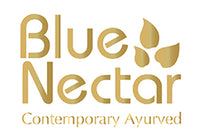

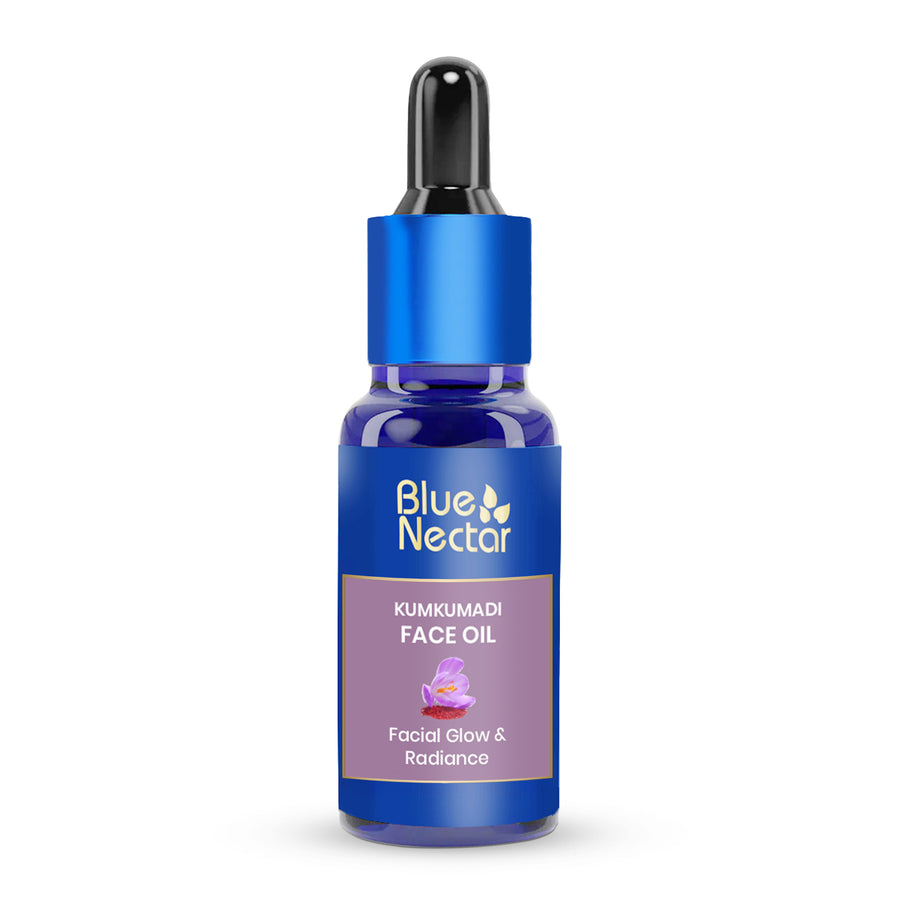
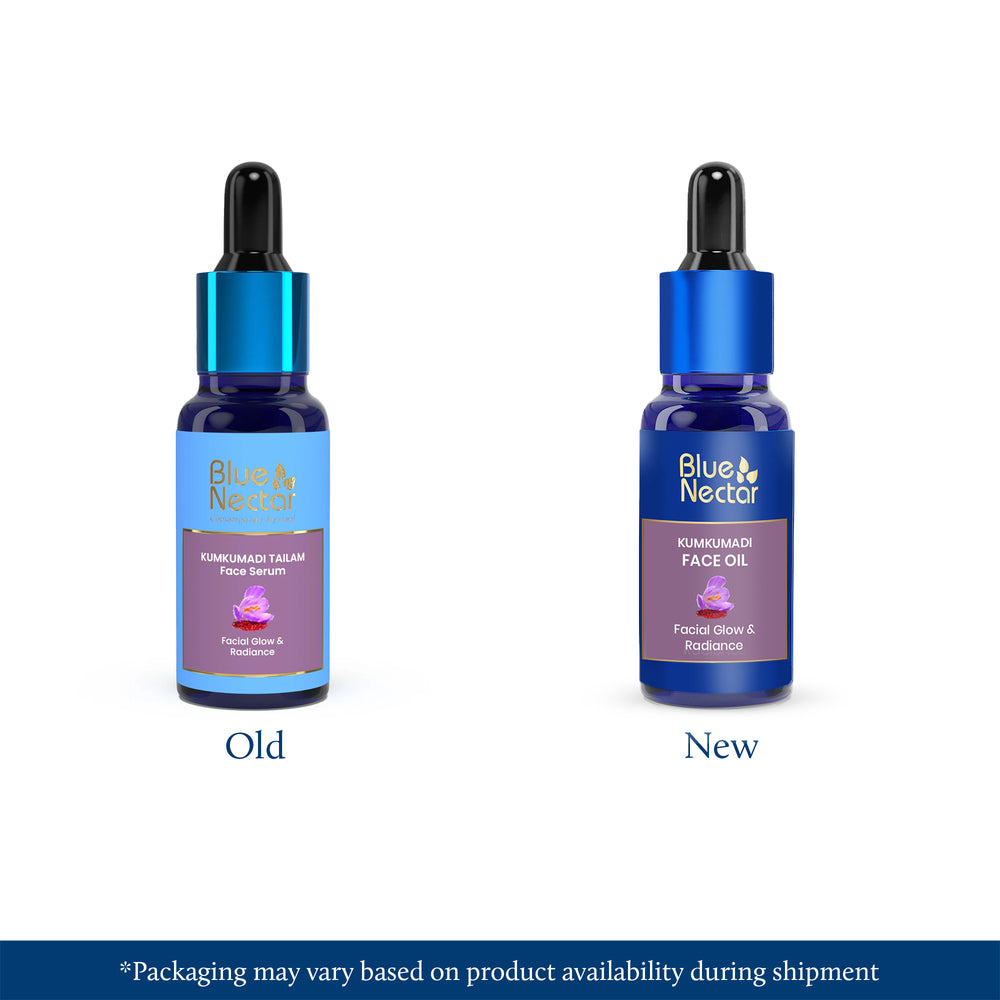
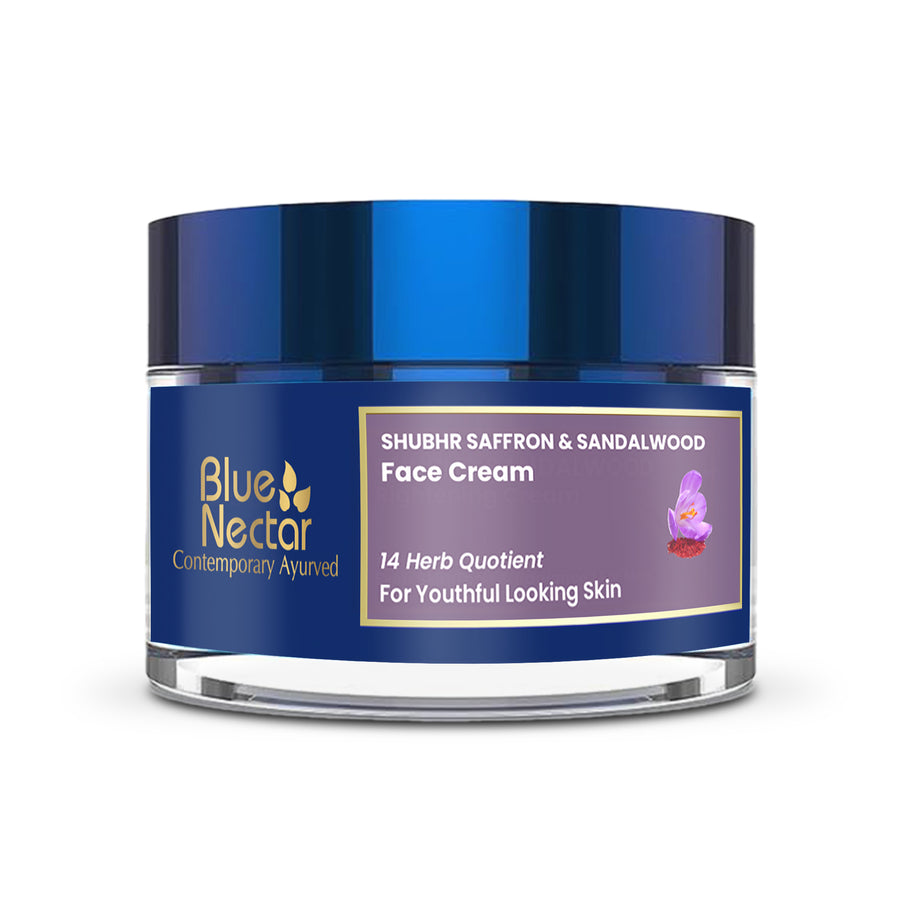
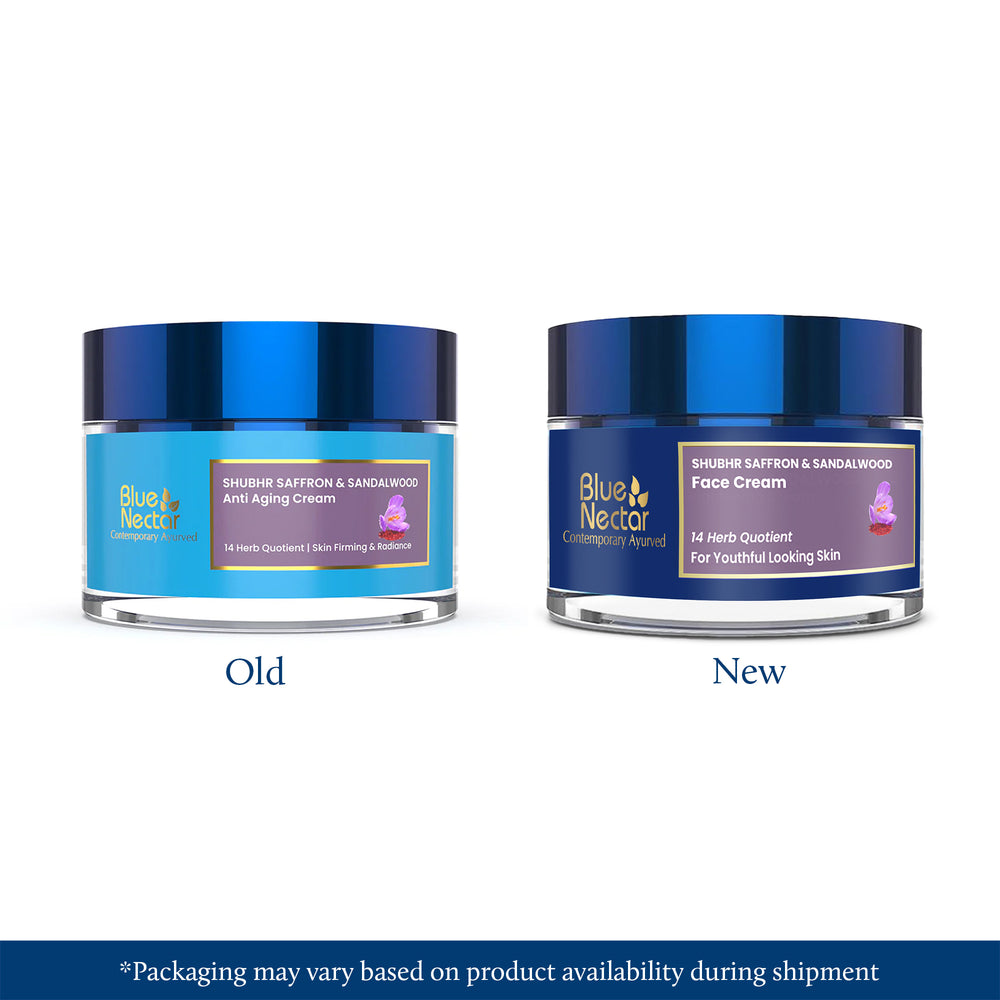
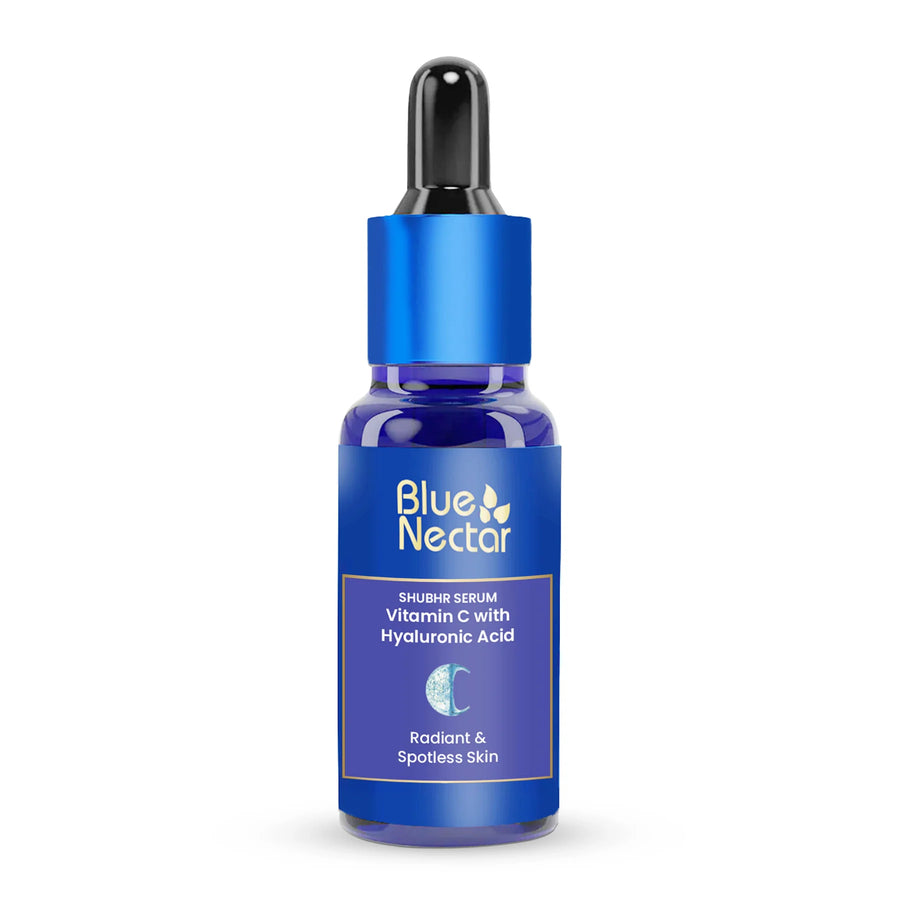
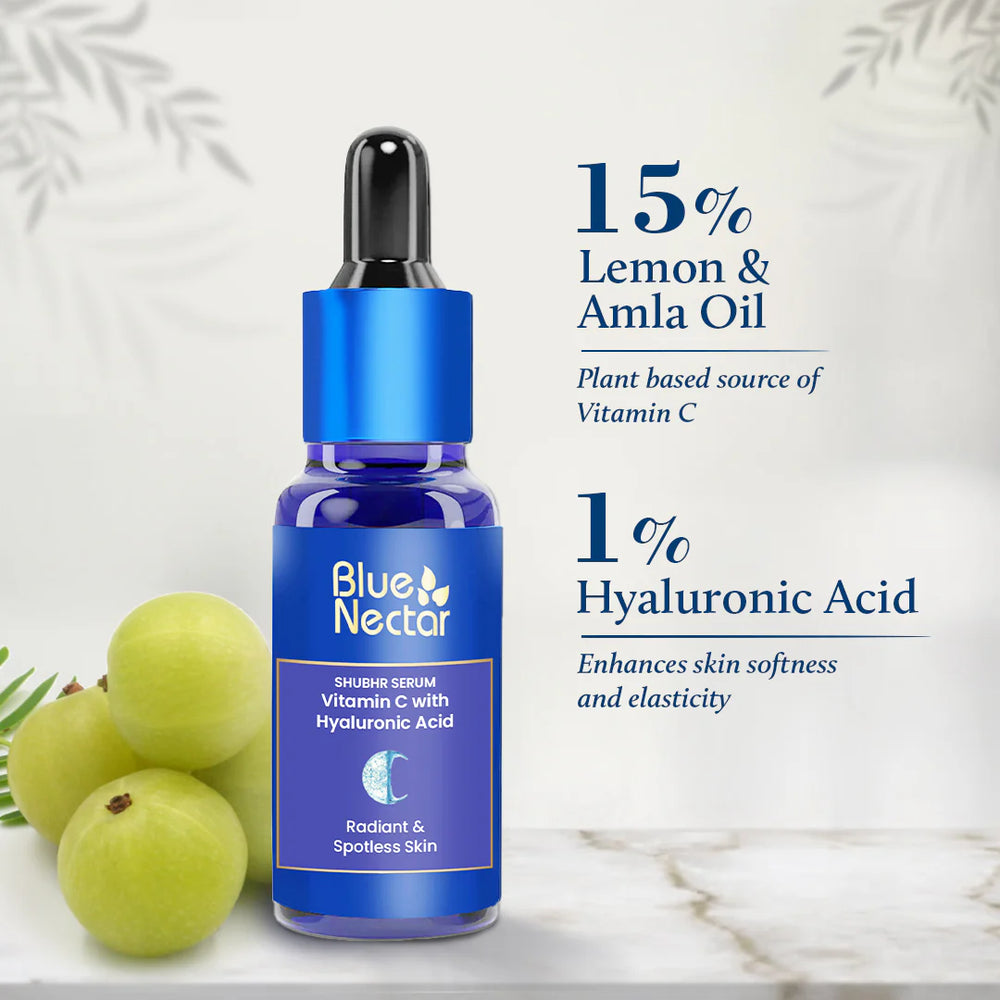
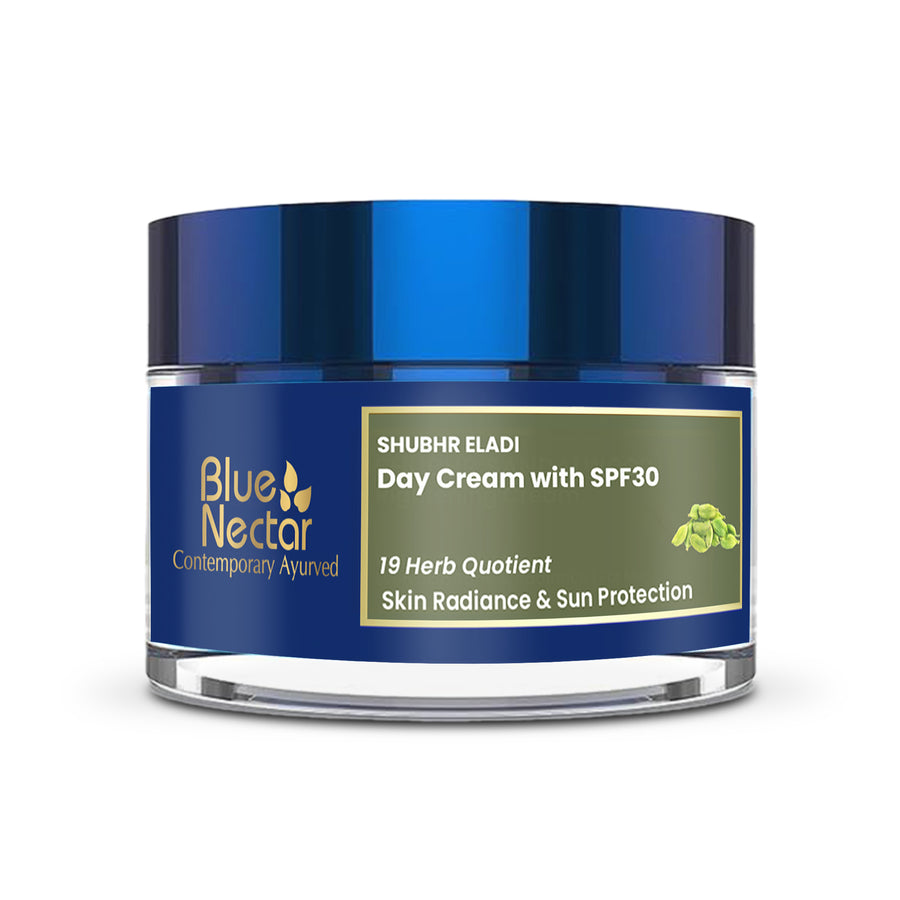
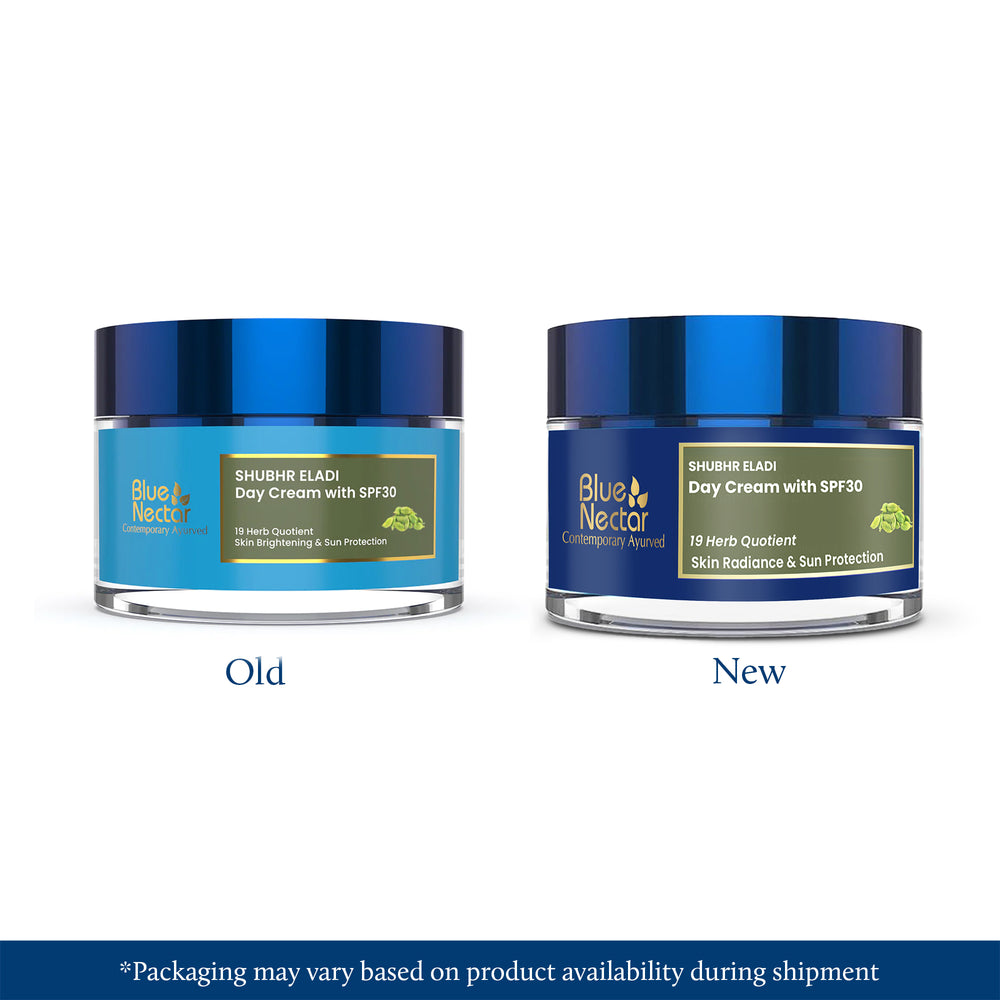
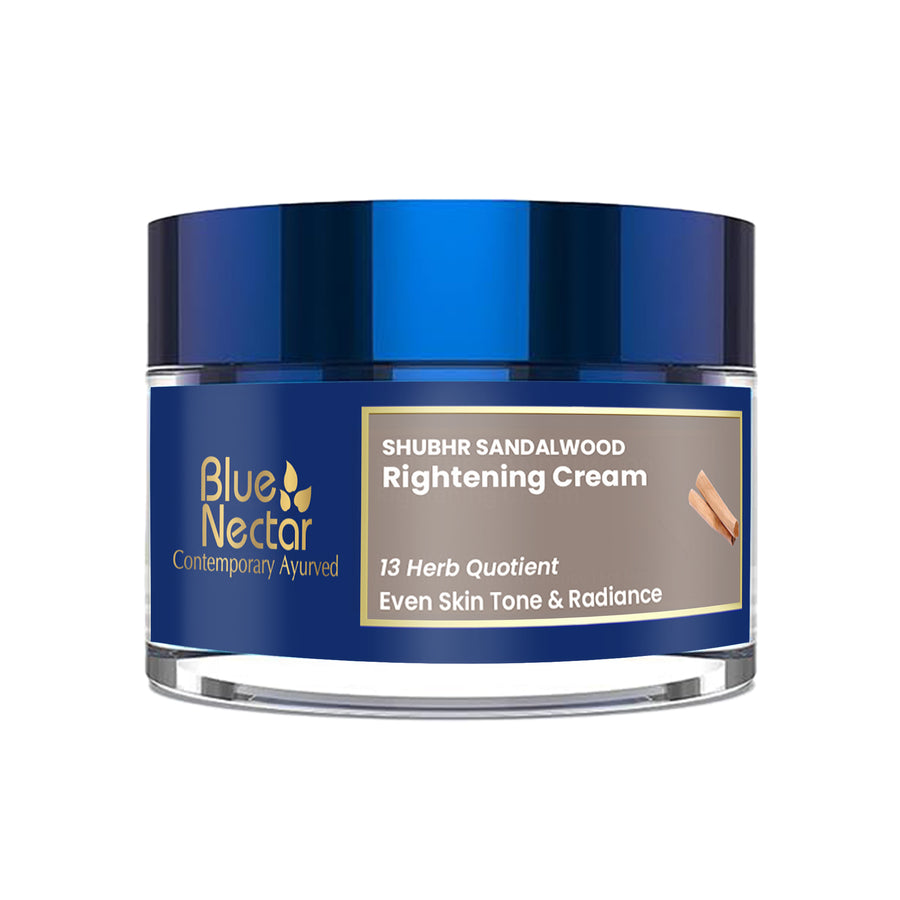
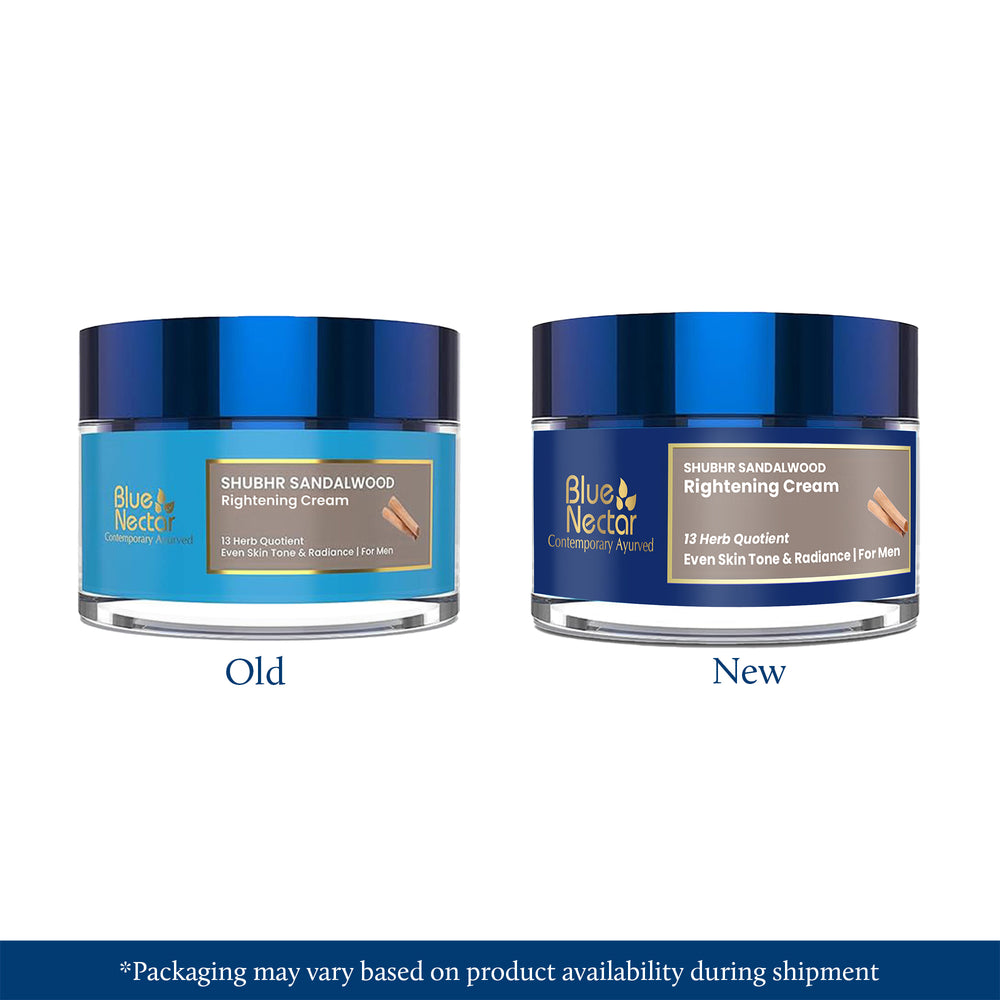




Leave a comment